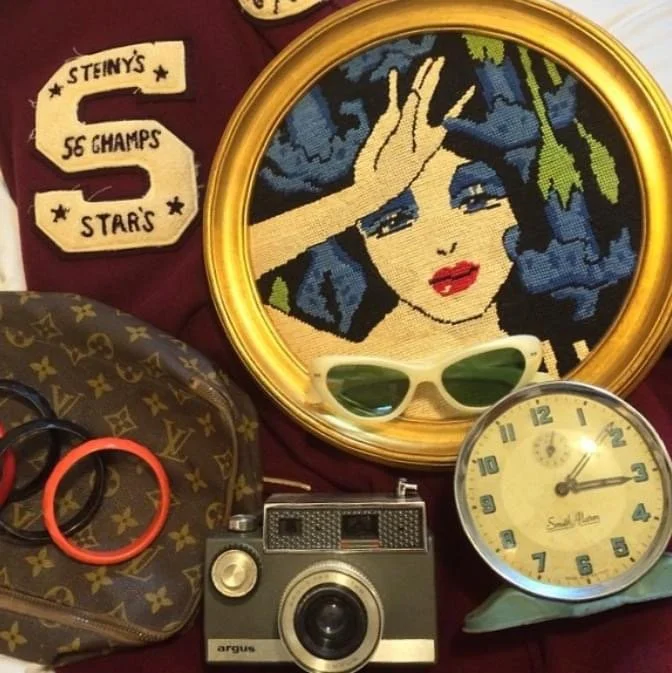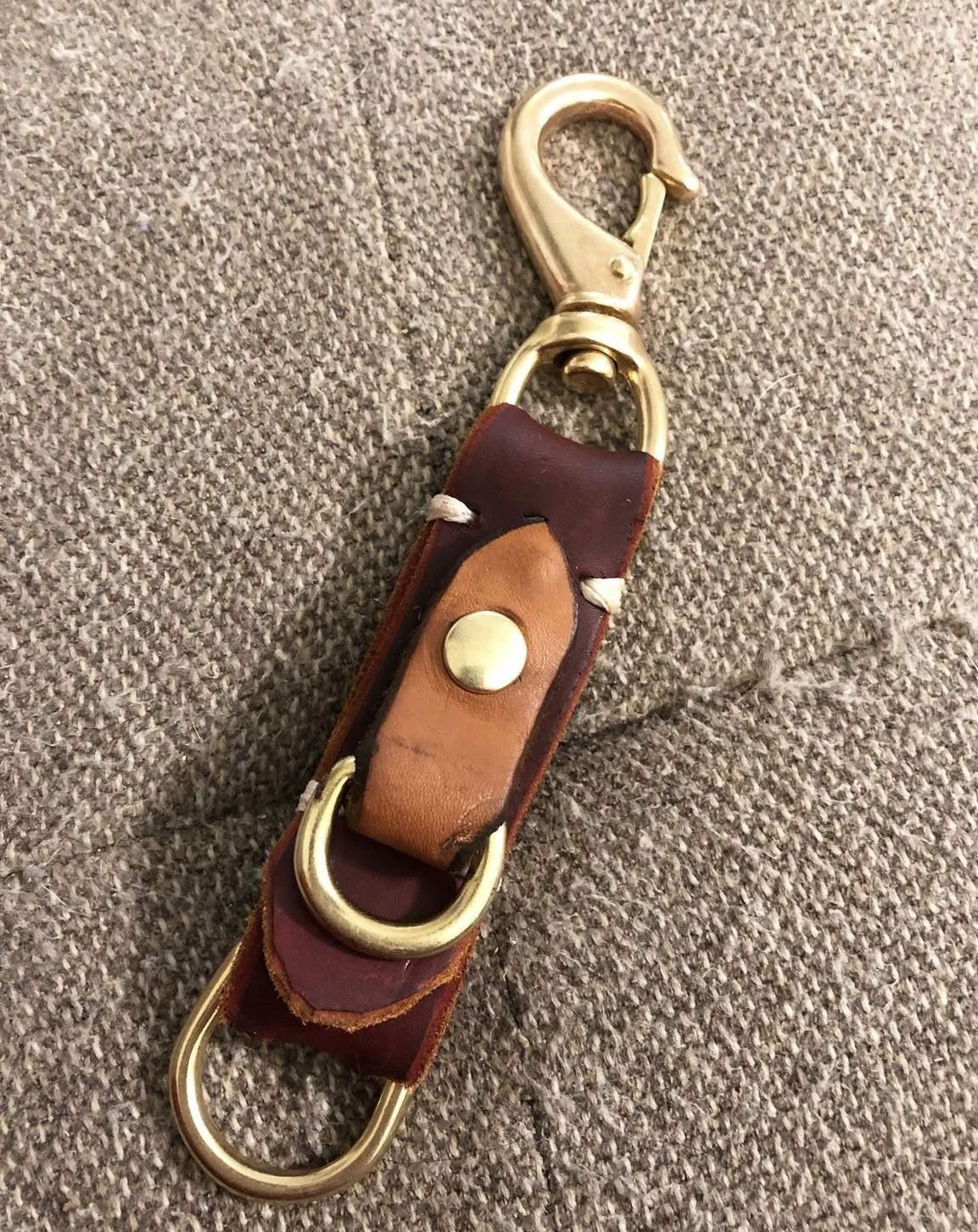
About Us
The story of Swift Leatherworks
Swift Leatherworks is the leather workshop of Bryan Swift—artist, musician, DJ, thrifter extraordinaire, and the mind behind Retromantics Vintage. With Swift Leatherworks, our mission is simple: Produce high quality, handmade leather goods, using time-honored techniques, premium hardware and materials, and full-grain, vegetable-tanned leather.
Our goal is to make leather bags and accessories that are beautiful, stylish, and timeless, with a level of durability and quality above and beyond the current fashion industry status quo. Our leather goods are built to last a lifetime, but just in case, they’re also designed to be repairable, restorable, and every product is guaranteed for life.
From the thrift store to the tannery
I started my leathercraft journey in 2020, in the midst of the COVID-19 pandemic, but my love of leather started many years before. Back in 2010, when I was a full-time thrifter trying to grow the Retromantics brand, one of my specialties was buying and restoring vintage handbags from high-end labels like Coach, Dooney & Bourke, and Louis Vuitton. My favorites were the late-80’s-early-90’s Coach bags, which were designed by the legendary Bonnie Cashin, and made from thick, greasy cowhide, or their signature Brazilian water buffalo leather (my personal favorite).
It amazed me that I could take a used leather bag that was almost 40 years old, and with a little bit of unscented hand lotion, saddle soap, and good old fashioned elbow grease, restore it to like-new condition. That enduring quality, combined with Bonnie Cashin’s subtle, timeless designs, allows those Coach bags to remain both usable and fashionable not just for a few seasons, but for many, many decades—a feat seldom achieved by modern fashion houses.
As I was restoring those vintage Coach bags, I would often think, “Man, I wish I could make something like that.” Little did I know that just a few years later, I would be channeling that same commitment to quality, durability, and timeless style in my own leather creations.
It all started with a keychain.
In 2011, a friend gave me a leather keychain for my birthday. It was called the Transit Issue Keychain, made by a company called Apolis. At the time, I’d never really considered the beauty of such a clean, minimalist design—the rifle sling clip, the no-nonsense corner stitching, and the raw beauty of vegetable tanned leather—it was the coolest keychain I’d ever seen.
I wore that keychain on my belt loop every day for almost ten years. I watched as a gorgeous patina overtook the leather, bringing it from its light tan origins to a deep mahogany that oozed the kind of character that can only come from a decade of honest use.
But then something terrible happened… the keychain broke. The four pieces of thread that held my keychain together had started to fray, and then they wore out completely. I kludged it back together with a couple of zip ties, but they looked out of place, almost silly when compared to the organic beauty of natural patina, and the scratched, scarred metal of the sling clip.
I decided that if I was going to keep using the keychain, I would have to stitch it back together myself. After many failed attempts using ‘regular’ needle and thread—neither of which work well with veg tan leather—I decided to learn how to fix it the right way.
Goin’ down to Jackson’s
I was living in Asheville, NC at the time, and there is this amazing store there called Jackson’s Western Store. They have a leather shop in the basement that sells leatherworking tools and supplies, so I brought the keychain down there to get their expert opinion. The guys in the saddle shop set me up with some John James saddler’s needles, some bone-white waxed polyester thread, and an ominous warning:
“Are you SURE you want to go down this road? People tend to get obsessed with this kinda thing.” And boy, were they right.
Once I fixed the Apolis keychain, I realized that I could probably make a similar one from scratch. I went down to the Goodwill and bought a few leather belts, and proceeded to hacking them up and turning them into original designs. The first one was an ugly mess of a keychain. It was way too thick and way too heavy, but I finished it anyway, and by the time I completed my first project, I was in love with the craft.
Mastering an ancient art, one piece at a time
That first project taught me more than just how to cut and stitch — it opened my eyes to something deeper. I realized that I was stepping into an ancient craft, one that’s been woven into the fabric of civilization since the very beginning of history. Like woodworking or masonry, leatherworking is a craft that’s been passed down through generations. It has roots in every culture, on every continent, in every corner of the world. When I sit at my workbench, I’m joining a global tradition of bending and shaping animal hides into beautiful, useful, one-of-a-kind creations. That little keychain set me on the path to becoming a craftsman, a maker, a true leather artisan. And the rest, as they say, is history.
— Bryan Swift
Contact us
Interested in working together? Fill out some info and we will be in touch shortly. We can’t wait to hear from you!






